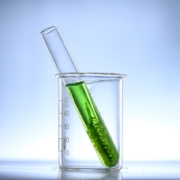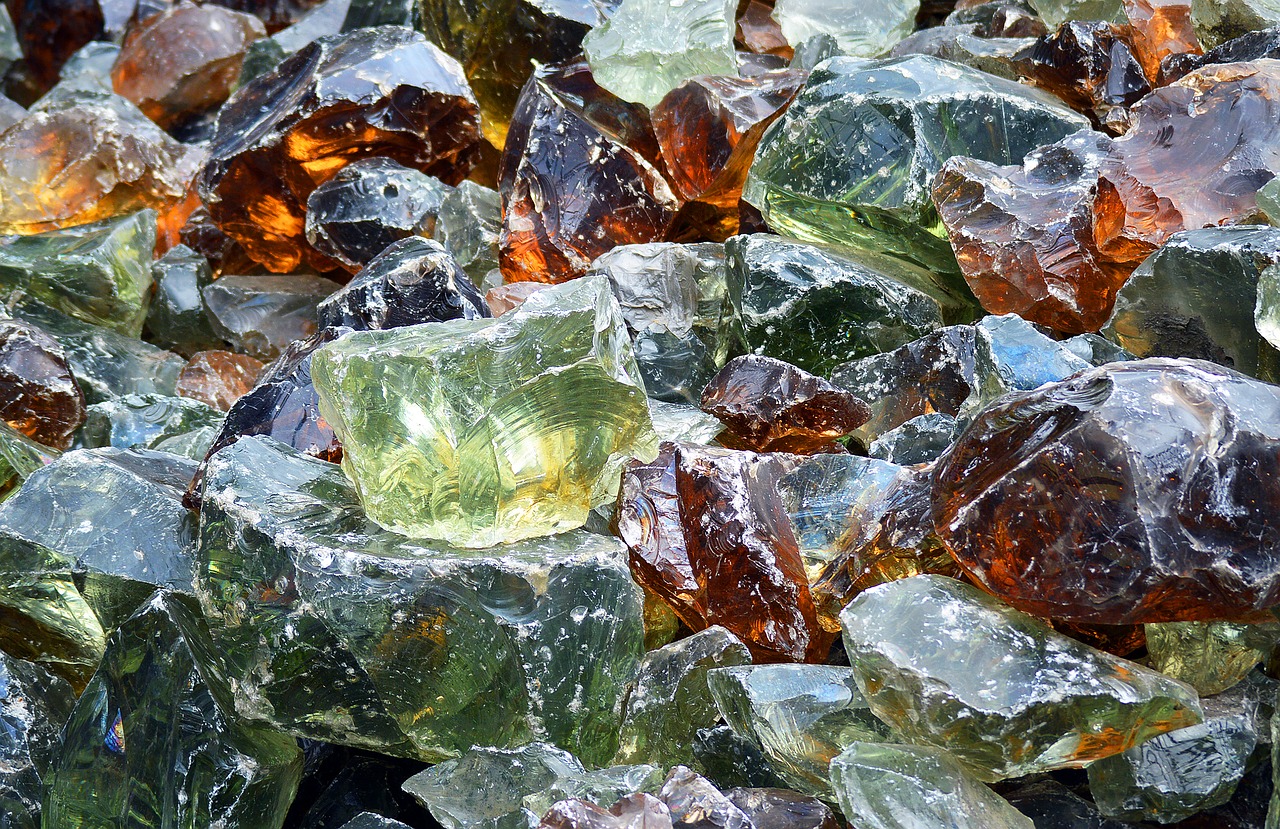ThermiUp: a new heat recovery device
ThermiUP helps meet the challenge of energy-saving in buildings. This start-up, incubated at IMT Atlantique, is set to market a device that transfers heat from grey water to fresh water. Its director, Philippe Barbry, gives us an overview of the system.
What challenges does the start-up ThermiUp help meet?
Philippe Barbry: Saving energy is an important challenge from a societal point of view, but also in terms of regulations. In the building industry, there are increasingly strict thermal regulations. The previous regulations were established in 2012, while the next ones will come into effect in 2022 and will include CO2 emissions related to energy consumption. New buildings must meet current regulations. Our device reduces energy needs for heating domestic water, and therefore helps real estate developers and social housing authorities comply with regulations.
What is the principle behind ThermiUP?
PB: It’s a device that exchanges energy between grey water, meaning little-polluted waste water from domestic use, and fresh water. The exchanger is placed as close as possible to the domestic water outlet so that this water loses a minimum of heat energy. The exchanger connects the water outlet pipe with that of the fresh water supply.
On average, water from a shower is at 37°C and cools down slightly at the outlet: it is around 32°C when it arrives in our device. Cold water is at 14°C on average. Our exchanger preheats it to 25°C. Showers represent approximately 80% of the demand for domestic hot water and the exchanger makes it possible to save a third of the energy required for the total domestic hot water production.
Is grey water heat recovery an important energy issue in the building sector?
PB: Historically, most efforts have focused on heating and insulation for buildings. But great strides have been made in this sector and these aspects now account for only 30% of energy consumption in new housing units. As a result, domestic hot water now accounts for 50% of these buildings’ energy consumption.
What is the device’s life expectancy?
PB: That’s one of the advantages of our exchanger: its life expectancy is equivalent to that of a building, which is considered to be 50 years. It’s a passive system, which doesn’t require electronics, moving parts or a motor. It is based simply on the laws of gravity and energy transformation. It can’t break down, which represents a significant advantage for real estate developers. ThermiUP reduces energy demand and can also be compatible with other systems such as solar.
How does your exchanger work?
PB: It is not a traditional heat plate exchanger, since that would get dirty too quickly. Our research and development was based on other types of exchangers. It is a device made of copper, which is an easily recycled material. We optimized the prototype for exchange and its geometry along with its industrial manufacturing technique for two years at IMT Atlantique. But I can’t say more about that until it becomes available on the market in the next few months.
Do you plan to implement this device in other types of housing than new buildings?
PB: For now, with our device, we only plan to target the new building market which is a big market since there are approximately 250,000 multiple dwelling housing units a year in France. In the future, we’ll work on prototypes for individual houses as well as for the renovation sector.
Learn more about ThermiUp
By Antonin Counillon













Leave a Reply
Want to join the discussion?Feel free to contribute!